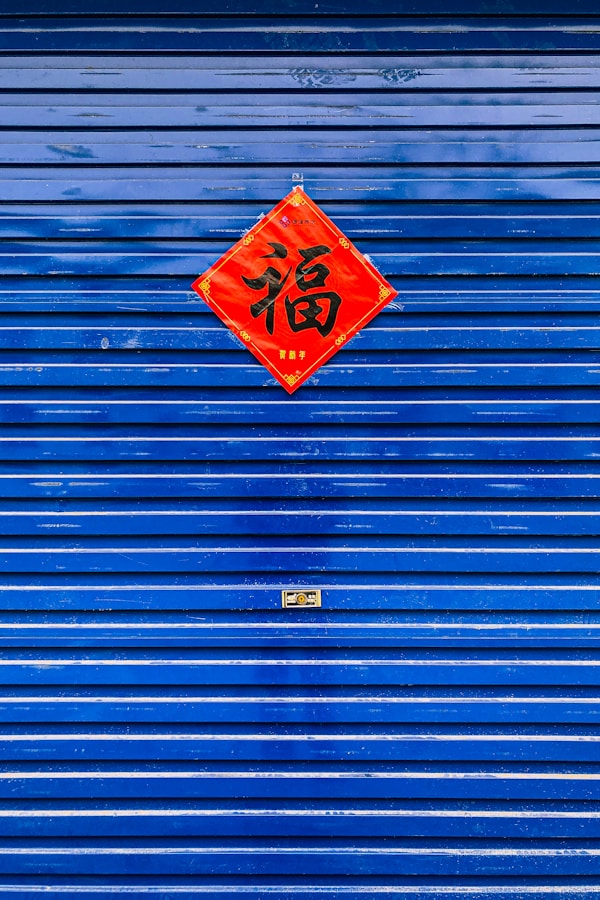Steps to Create a Unique Wedding Dress with Layered Textures
Crafting Your Dream Wedding Dress: Layered Textures Explained
Planning a wedding is often a whirlwind of excitement and creativity, especially when it comes to choosing a wedding dress. For brides looking to stand out on their special day, creating a unique wedding dress with layered textures can be an extraordinary journey. This article will guide you through the essential steps to craft a stunning gown that perfectly embodies your personality and style.
Understanding Layered Textures
Before diving into the creation process, it's crucial to grasp what layered textures truly mean in wedding dress design. Layered textures involve combining different fabrics, patterns, and embellishments to create depth and dimension in a dress. This technique can result in a one-of-a-kind look, giving your wedding gown character and uniqueness.
The Importance of Choosing the Right Fabrics
When creating a unique wedding dress with layered textures, selecting the appropriate fabrics is a vital first step. Here are some popular fabric choices:
| Fabric | Texture | Characteristics |
| Satin | Smooth | Luxurious shine, soft drape |
| Lace | Intricate | Delicate patterns, vintage feel |
| Tulle | Sheer | Lightweight, ethereal quality |
| Organza | Crisp | Structural, holds shape well |
| Chiffon | Fluid | Soft, flowing movement |
Step-by-Step Process to Create Your Wedding Dress
Now that you understand the importance of fabric selection, let’s outline the steps for creating your wedding dress with layered textures:
Step 1: Conceptualization and Design
Begin with a vision. Collect inspiration by browsing through fashion magazines, Pinterest boards, and bridal boutiques. Create a mood board that reflects your desired aesthetic, considering elements like color schemes, styles, and textures.
Step 2: Sketching Your Design
Once you have a clear vision, sketch your design. Whether you're an artist or not, basic sketches can help communicate your ideas. Focus on how the layers will interact. Think about how tulle can softens satin, or how a lace overlay can add elegance.
Step 3: Choosing a Color Palette
Your color palette sets the tone for your dress. While white is traditional, consider incorporating soft shades, pastels, or even bold hues. Certain colors can trigger emotions and create atmospheres, so choose shades that reflect your personality.
Step 4: Fabric Selection
With your design sketched out and your color palette established, proceed to select your fabrics. Consider combining various textures to achieve a multi-dimensional look. For example, a satin base with a delicate lace overlay and soft chiffon layers can create a stunning effect.
Step 5: Taking Measurements
Comfort is key. Take your accurate measurements or have them taken by a professional. Ensure you include considerations for any future alterations, especially if you're planning to add layers that may affect the fit.
Step 6: First Fitting and Mock-Up
Before finalizing the fabric, consider creating a mock-up of your dress using inexpensive fabric. This step is critical for understanding how the layers will fit and flow together. Adjust your design based on this fitting.
Step 7: Construction of the Dress
Now comes the exciting part: construction! Begin by sewing the underlayers, followed by the outer layers. Utilize a sewing machine for efficiency. Ensure that each fabric layer complements and supports the others, which is vital for achieving the desired layered look.
Step 8: Add Embellishments and Final Touches
Embellishments can elevate your dress. Consider adding beading, embroidery, or a statement belt to accentuate your waist. These details enhance the dress's uniqueness and personal touch.
Step 9: Final Fitting
After construction, schedule a final fitting. This step allows you to assess the overall comfort and style. Make any necessary adjustments to ensure the dress fits flawlessly and that the layered look remains intact.
Step 10: Prepare for the Big Day
Last but not least, organize how you will transport your dress to your wedding venue. Ensure it is stored properly to avoid wrinkles. Consider using dress bags designed for formal wear to maintain its beauty.

Frequently Asked Questions
What Other Textures Can Be Used for a Unique Wedding Dress?
In addition to satin, lace, tulle, organza, and chiffon, other textures such as velvet, sequin, and denim can be explored for a unique style. Layering these materials can create an innovative look that reflects your personal style.
How Many Layers Should I Consider for My Wedding Dress?
The number of layers you choose largely depends on your preference and comfort. A good rule of thumb is two to three layers to maintain movement while still achieving a layered effect. It’s essential however, to ensure that the final design feels harmonious.
Can I Create a Unique Wedding Dress on a Budget?
Absolutely! Opting for less expensive fabrics or sourcing materials from discount retailers can help keep costs down. Additionally, seeking the help of a skilled friend or relative could decrease labor costs while providing personal touches.
Conclusion
Creating a unique wedding dress with layered textures is an enriching experience that manifests individuality and creativity. The journey from conceptualization to the final fitting can seem daunting, but by following these steps and staying true to your vision, you can achieve a bridal gown that is not only stunning but also a true reflection of who you are. Remember to enjoy the process and celebrate the artistry of your one-of-a-kind wedding dress.